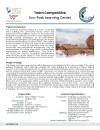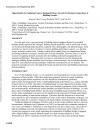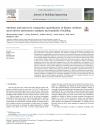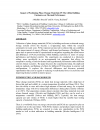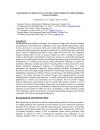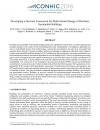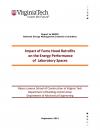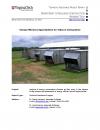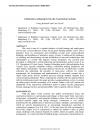The management of society’s waste, once overlooked as a burden to simply dump onto the Earth, has grown in public awareness during the last several decades as critical to sustainable planning. For the 2020 Solar Decathlon Design Competition, we are excited to work with a client that is setting the gold standard for contemporary waste management in our home state of Virginia.


